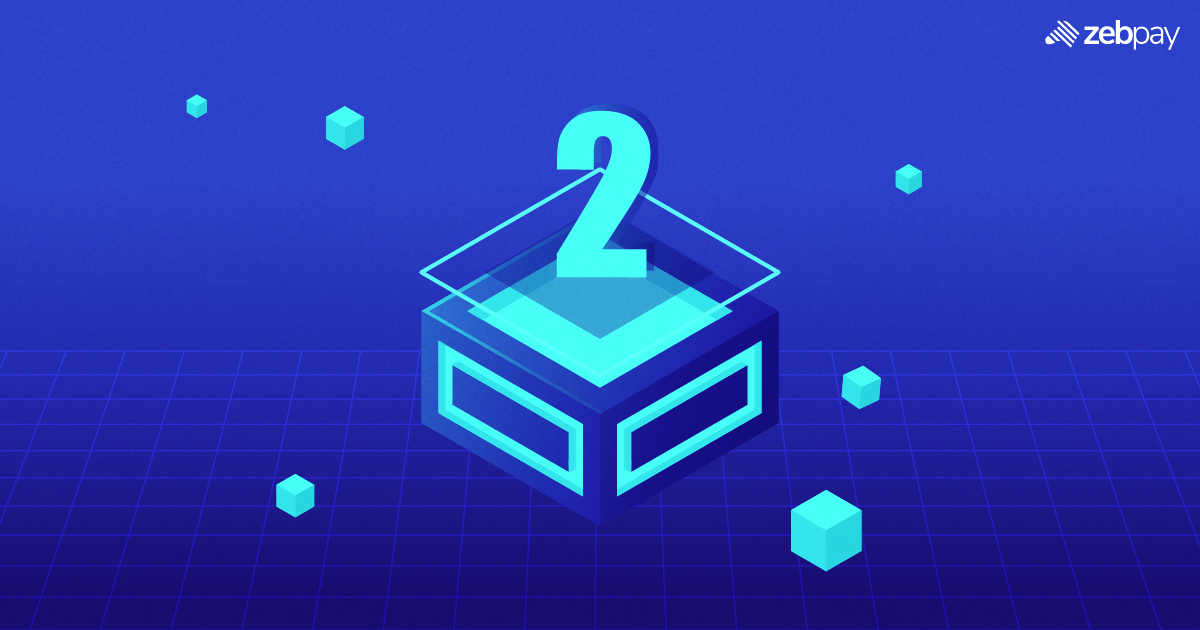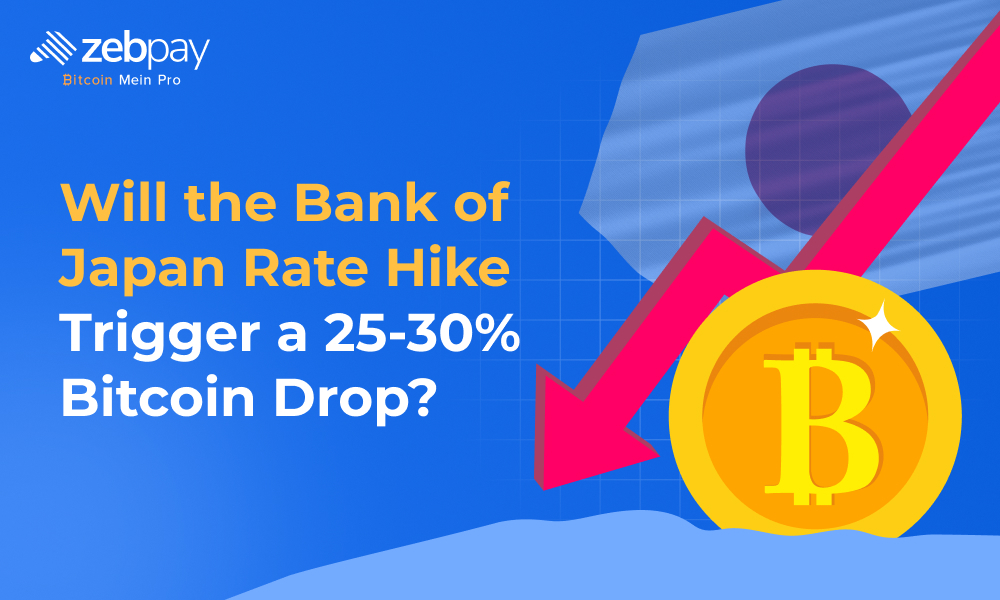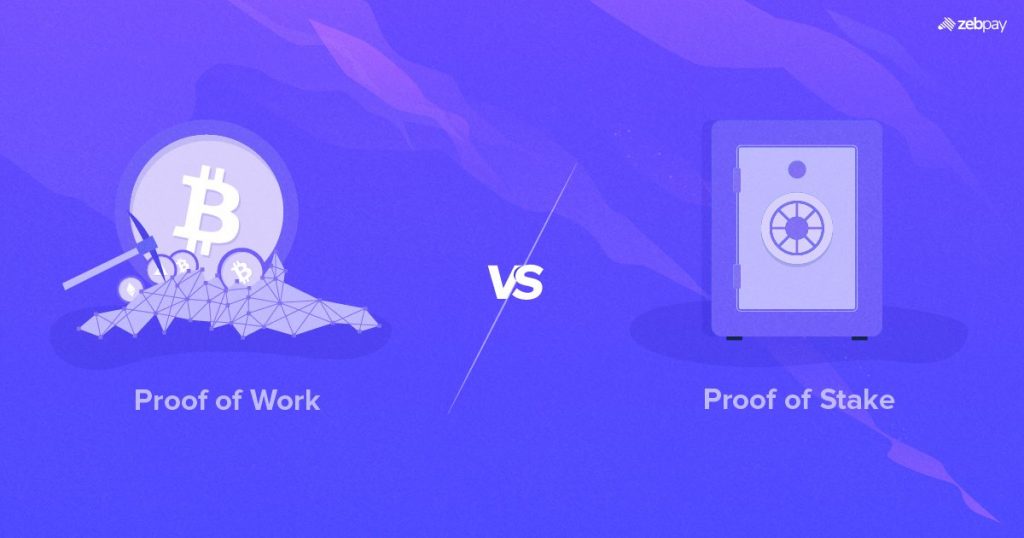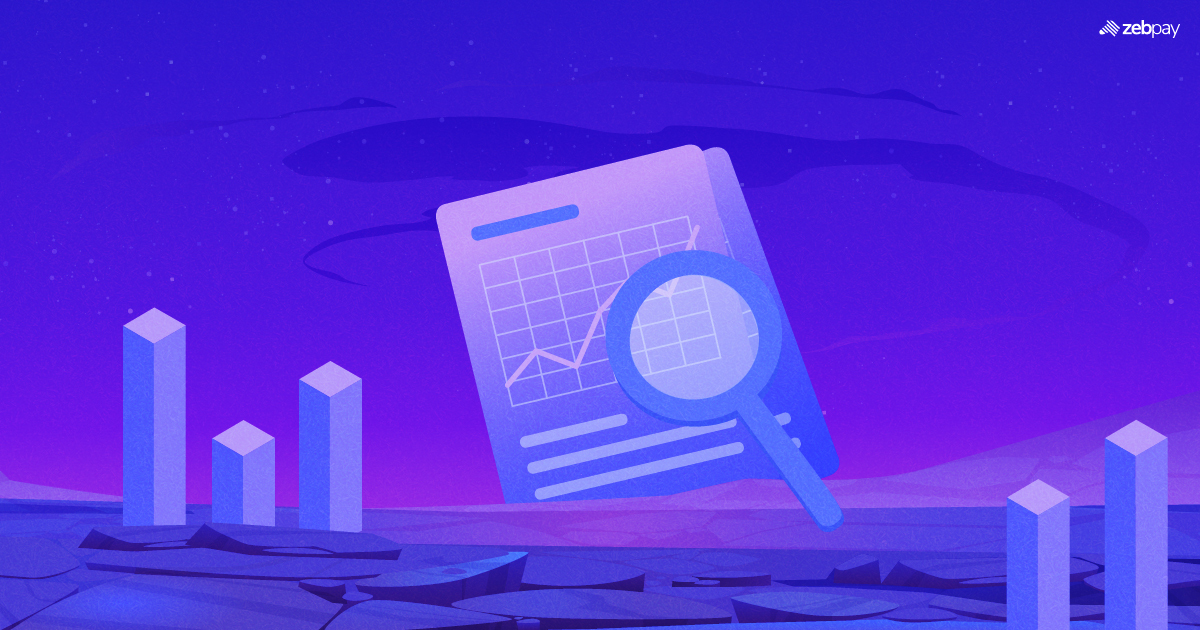Popular blockchains like Bitcoin and Ethereum have taken the world by storm but still suffer from many issues. These include high transaction costs and severe network congestion. To solve this, developers have created a unique method of using alternative blockchains to lighten the load on the “main” chains. These are known as Layer 2 (L2) blockchains. But what is an L2 and how does it work?
Introduction About Layer 2 Blockchains
A Layer 2 crypto blockchain acts as an “assistant” blockchain to other, larger blockchains. To understand this, imagine how a business functions. If you own a small business with no employees, you must take up several roles like marketing, finance and operations. This can work for a small number of customers but becomes unmanageable as the business scales up.
A layer 1 blockchain is like this small business, where every aspect of the network is carried out. This includes security, consensus, storage and finalisation of transactions and other such core functions. Layer 2s instead share the load by managing various elements of the transaction “off-chain” or away from the main blockchain. This helps blockchains like Bitcoin and Ethereum process thousands of transactions each second.
Read more: On-Chain vs Off-chain
How Does a Layer 2 Blockchain Work?
The primary process used by layer 2 blockchain projects is “bundling”. Bundling allows multiple off-chain transactions to be combined and processed together. To layer 1, it may look like a single block of data, but layer 2 has already processed and bundled thousands of transactions into it.
Layer 2s thus perform some parts of the layer 1 blockchain’s role separately, making the network much more scalable and accessible to users. This also helps in reducing the cost of transactions, since the network is capable of handling much higher loads.
Read more: What are Blockchain Layers
Components of Layer 2 Blockchain
There are three main ways a layer 2 can function, each with its own advantages and disadvantages.
Optimistic Rollups
These rollups run alongside the main blockchain, process transaction data and report it back to the main layer. If there is any fraudulent activity, it can be disputed through a fraud proof. In this case, the transaction will be re-run using the available data. This can extend the time taken to add the data back to layer 1, but users can still complete their transactions faster than layer 1.
zkRollups
Unlike Optimistic rollups, zkRollups create cryptographic proofs for transactions. These are known as zero-knowledge proofs, which only share whether a transaction is valid or not. The primary advantage of such a method is that it requires very little data to be shared back to layer 1.
However, zkRollups do not have full Ethereum Virtual Machine compatibility. This means there may be some restrictions on the types of smart contracts that can use zkRollups.
Sidechains
Sidechains like Polygon and Skale, while not layer 2s, are also widely used to improve the scalability of Ethereum. They run parallel to the main blockchains and maintain interoperability through “bridges” that connect them together.
They work separately from Ethereum, with different tokenomics and consensus. But they are still compatible through the implementation of the EVM. There is, however, a greater risk than rollups since you must depend on the sidechain’s operations.
Advantages and Disadvantages of Layer 2 blockchains
| Advantages | Disadvantages |
| Compatibility | Dependency on Layer 1 blockchains |
| Scalability | Limited features |
| Speed |
Advantages of Layer 2 Blockchains
Compatibility
The biggest advantage of layer 2s is that it does not affect the L1 blockchain’s functionality. This means most L1 blockchains can scale through an L2 without requiring any changes to their protocol.
Scalability
A proper layer 2 solution helps resolve issues with the underlying layer 1 blockchain. This involves reducing network load and lowering the cost of transactions.
Speed
Layer 2s also increase the capacity of a network to handle more transactions. This can allow blockchains like Ethereum and Bitcoin to process thousands of transactions per second, compared to their base of 20 and 7 respectively.
Disadvantages of Layer 2 Blockchain
Dependency on Layer 1 Blockchain
Layer 2s cannot function on their own, they can only work as part of the L1’s main network. Thus, if you invest in a layer 2 blockchain, its success depends on the underlying network.
Limited Features
L2s can only process elements of transactions that are done through them. Since they cannot operate independently, they also have a limited set of features. They can thus be applied only in specific situations.
What are the Examples of Layer 2 Blockchains?
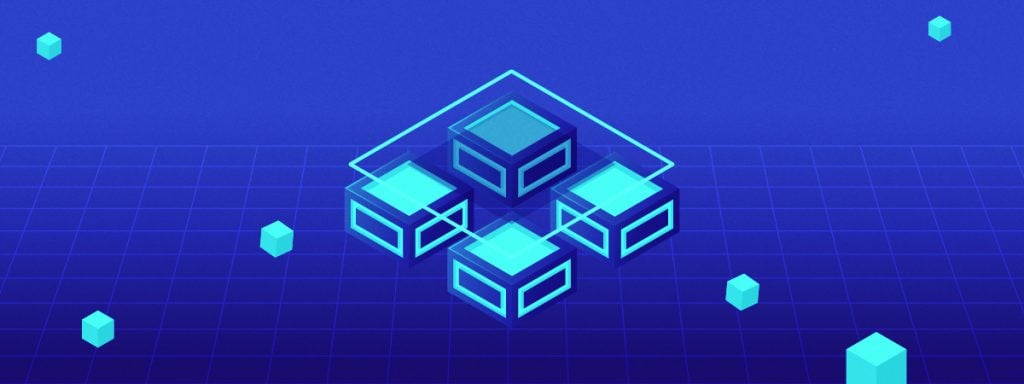
Loopring
Loopring is a layer 2 scaling solution for Ethereum. It implements zkRollups (zero knowledge rollups) to dramatically increase the speed of the network while also reducing costs to just 0.1% of the original. Its token, LRC, is trading at $0.19 and has a market cap of $251,071,000 at the time of writing.
Read more: What is Loopring
Arbitrum One
Abritrum One is an ecosystem of L2 scaling solutions for Ethereum. It includes crypto wallets, dApp scaling and even DeFi support. Unlike Loopring, Arbitrum uses Optimistic Rollups to improve functionality.
Arbitrum One does not have any utility token and its release did not involve a token sale.
Lightning Network
The lightning network is a layer 2 scaler for Bitcoin transactions. It implements smart contract functionality to combine transactions without worrying about block confirmation times or individual payments.
The network claims it can support millions of transactions each second, all at a very low cost.
Read more: What is Lightning Network
What is the Future of Layer 2 Blockchain?
Layer 2 blockchains are simple and efficient ways to solve the problem of scalability on older blockchains. In the case of Bitcoin, its growth seems dependent on L2 blockchains. However, with the upgrades planned for Ethereum, the need for L2s becomes less apparent.
Additionally, alternatives to Ethereum like Solana and BNB do not require scaling solutions as the base blockchain can handle the transaction volume. Thus, the future of Layer 2 blockchains is application-dependent.
Conclusion
Layer 2 blockchains are novel ways to boost legacy blockchain performance. But as technology and systems improve, the need for L2s reduces on most platforms. Its future remains uncertain, but until the day Bitcoin and Ethereum can handle tens of thousands of transactions themselves, L2s are cemented as necessary in the crypto world.
You can read more about the latest events in crypto on ZebPay blogs. Trade confidently on ZebPay.
FAQ on What is Layer 2 Blockchain
How can layer 2 solutions help with scalability issues in blockchain?
Layer 2 solutions are designed to address the scalability issues of blockchain technology. They work by taking some of the transaction processing off the main blockchain, known as layer 1, and performing them on secondary layers. This reduces the burden on the main blockchain and allows for a higher number of transactions to be performed.
What are the different types of layer 2 solutions available for blockchain?
There are several types of layer 2 solutions available for blockchain. The two most common types are:
1. State Channels: State channels enable off-chain transactions between participants. They allow users to perform multiple transactions without directly interacting with the main blockchain. The final state of these transactions is then settled on the main blockchain.
2. Sidechains: Sidechains are separate blockchains that are connected to the main blockchain. They operate with their own consensus mechanisms and can process transactions independently. Users can move their assets from the main chain to the sidechain and perform transactions quickly.
Can layer 2 solutions be used for smart contract execution on a blockchain?
Yes, layer 2 solutions can be used for smart contract execution on a blockchain. Layer 2 solutions such as state channels and sidechains can support smart contract features. These solutions enable faster and more cost-effective smart contract interactions.
What are the security risks associated with layer 2 solutions for blockchain?
While layer 2 solutions offer scalability benefits, they also introduce some security considerations. The primary security risks associated with layer 2 solutions include:
1. Counterparty Risk: Layer 2 solutions rely on interactions with other participants. There is a risk of malicious behaviour or trust issues among participants.
2. Exit Scams: In some cases, users may face the risk of losing their funds if the layer 2 solution is not properly designed or audited, leading to potential exit scams.
3. Centralization: Certain layer 2 solutions may rely on centralized components, which can introduce vulnerabilities and reduce the decentralization aspect of blockchain technology.
What is the impact of layer 2 solutions on the speed of blockchain transactions?
Layer 2 solutions significantly improve the speed of blockchain transactions. By moving transactions off the main blockchain, layer 2 solutions can process transactions faster and in larger volumes. This means that users can experience near-instantaneous transaction confirmations and enjoy an efficient blockchain experience.
How can layer 2 solutions improve the user experience of blockchain applications?
Layer 2 solutions enhance the user experience of blockchain applications in several ways:
1. Faster Transactions: Layer 2 solutions enable quicker transaction confirmations, reducing waiting times and improving overall user satisfaction.
2. Lower Fees: By reducing the load on the main blockchain, layer 2 solutions can help decrease transaction fees, making blockchain applications more cost-effective for users.
3. Scalability: Layer 2 solutions address scalability challenges, allowing blockchain applications to handle a higher number of users and transactions without sacrificing performance.
4. Interoperability: Some layer 2 solutions facilitate interoperability between different blockchains, enabling seamless interactions and expanding the possibilities for users.

